Vincent van Gogh Garden at Arles / Flowering Garden with Path
Fine Art Painting
Arles, July 1888
Oil on canvas
Beautiful vintage fine art wall decor.
Vincent Van Gogh Garden At Arles
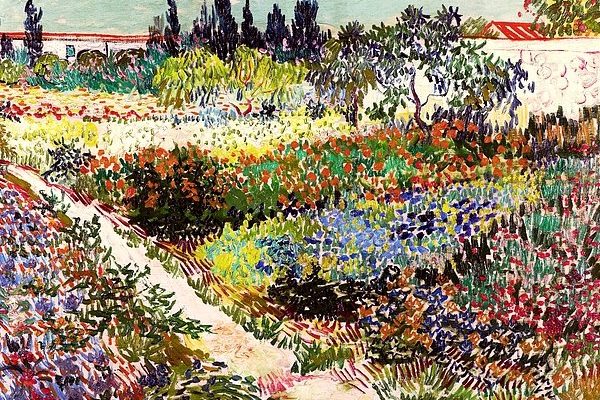

Vincent van Gogh Garden at Arles / Flowering Garden with Path
Fine Art Painting
Arles, July 1888
Oil on canvas
Beautiful vintage fine art wall decor.
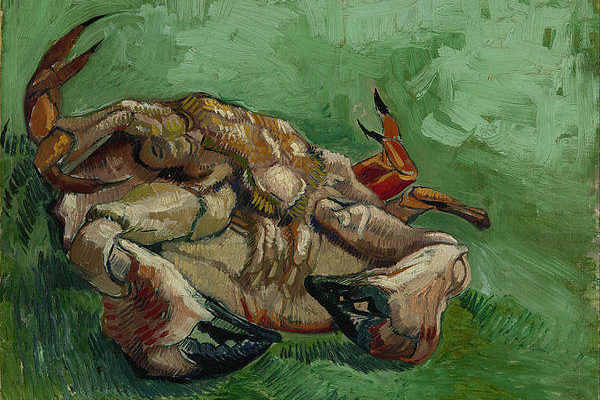
Vincent Van Gogh A Crab On Its Back
1888 Fine Art Painting
Crab on its Back (Dutch: Een op zijn rug liggende krab) is an 1888 oil painting by Vincent van Gogh. It is a still life of a crab lying on its back with a green background. The painting is in the permanent collection of the Van Gogh Museum in Amsterdam in the Netherlands.
The painting is possibly inspired by a Japanese print of a crab by Hokusai that Van Gogh had seen in the magazine Le Japon Artistique, that his brother Theo van Gogh had sent him in September 1888.
Buy Van Gogh Prints at Fine Art America
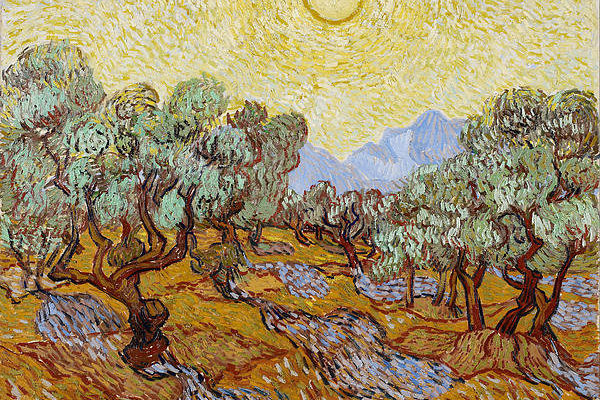
Vincent van Gogh Olive Trees
Olive Trees / Olive Trees with yellow sky and sun
Saint-Remy, November 1889
Vincent van Gogh painted at least 18 paintings of olive trees, mostly in Saint-Remy in 1889. At his own request, he lived at an asylum there from May 1889 through May 1890 painting the gardens of the asylum and, when he had permission to venture outside its walls, nearby olive trees, cypresses and wheat fields.
One painting, Olive Trees in a Mountainous Landscape, was a complement to The Starry Night.
The olive tree paintings had special significance for Van Gogh. A group in May 1889 represented life, the divine and the cycle of life while those from November 1889 arose out of Van Gogh’s attempt to symbolize his feelings about Christ in Gethsemane. His paintings of olive pickers demonstrate the relationship between man and nature by depicting one of the cycles of life, harvesting or death. It is also an example of how individuals, through interaction with nature, can connect with the divine.
Van Gogh found respite and relief in interaction with nature. When the series of olive tree paintings was made in 1889 Van Gogh was subject to illness and emotional turmoil, yet the paintings are among his finest works.
Buy Van Gogh Prints at Fine Art America
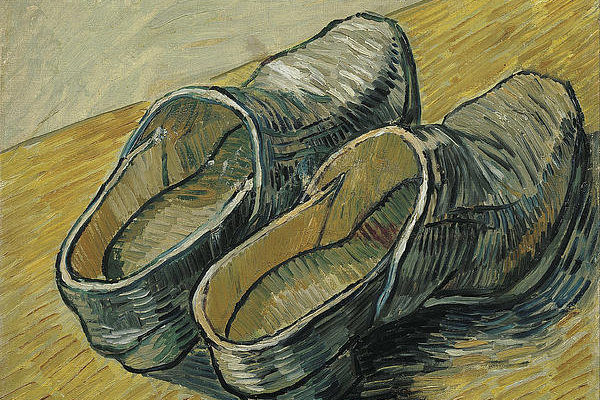
Vincent Van Gogh A Pair Of Leather Clogs
Van Gogh saw the work and met the founders and key artists of Impressionism, Pointillism and other movements and began incorporating what he learned into his work. Japanese art, Ukiyo-e, and woodblock prints also influenced his approach to composition and painting.
There was a gradual change from the somber mood of his work in the Netherlands to a far more varied and expressive approach as he began introducing brighter color into his work. He painted many still life paintings of flowers, experimenting with color, light and techniques he learned from several different modern artists before moving on to other subjects.
By 1887 his work incorporated several elements of modern art as he began to approach his mature oeuvre. Excellent examples are the Pairs of Shoes paintings, where in the space of four paintings one can observe the difference between the first pair of boots made in 1886, similar to some of his earlier peasant paintings from Nuenen, to the painting made in 1887 that incorporates complimentary, contrasting colors and use of light. Another example are the Blue Vases paintings made in 1887 that incorporate both color and technique improvements that result in uplifting, colorful paintings of flowers.
With the spring of 1887 Van Gogh left the city proper for a visit to Asnières with his friend Émile Bernard. While there his work was further transformed stylistically and through the use of bright, contrasting color and light.
1888 Fine Art Painting
Place of Creation: Arles, Bouches-du-Rhone, France
Style: Post-Impressionism
Genre: Still Life
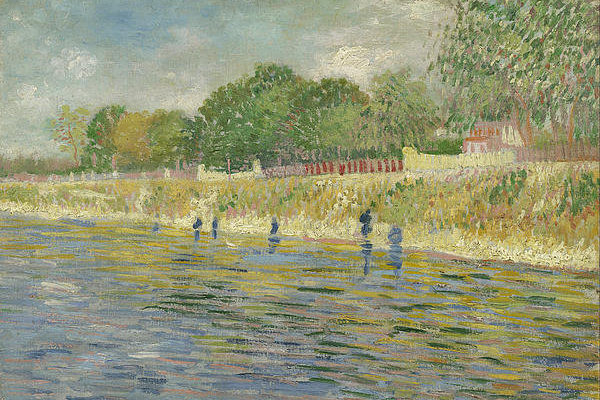
Vincent Van Gogh Bank Of The Seine
1887 Fine Art Landscape Painting.
Seine paintings is the subject and location of paintings that Vincent van Gogh made in 1886. The Seine has been an integral part of Parisian life for centuries for commerce, travel and entertainment. Here Van Gogh primarily captures the respite and relief from city life found in nature.
A few of the paintings were made in Paris and the rest in the northwestern suburbs of Paris in Clichy and Asnieres. Through these works the audience can see a transition in Van Gogh’s work ftrom one of dark colors and serious themes to more joyous use of color and light and choice of themes.
In the Netherlands Van Gogh was influenced by great Dutch masters as well as cousin-in-law Anton Mauve a Dutch realist painter who was a leading member of the Hague School. In Paris Van Gogh was exposed to and influenced by Impressionism, Symbolism, Pointillism, and Japanese woodblock print genres which were overtime integrated into his works. The spring of 1887 seemed to trigger an awakening within Van Gogh where he experimented with the genres to develop his personal style.